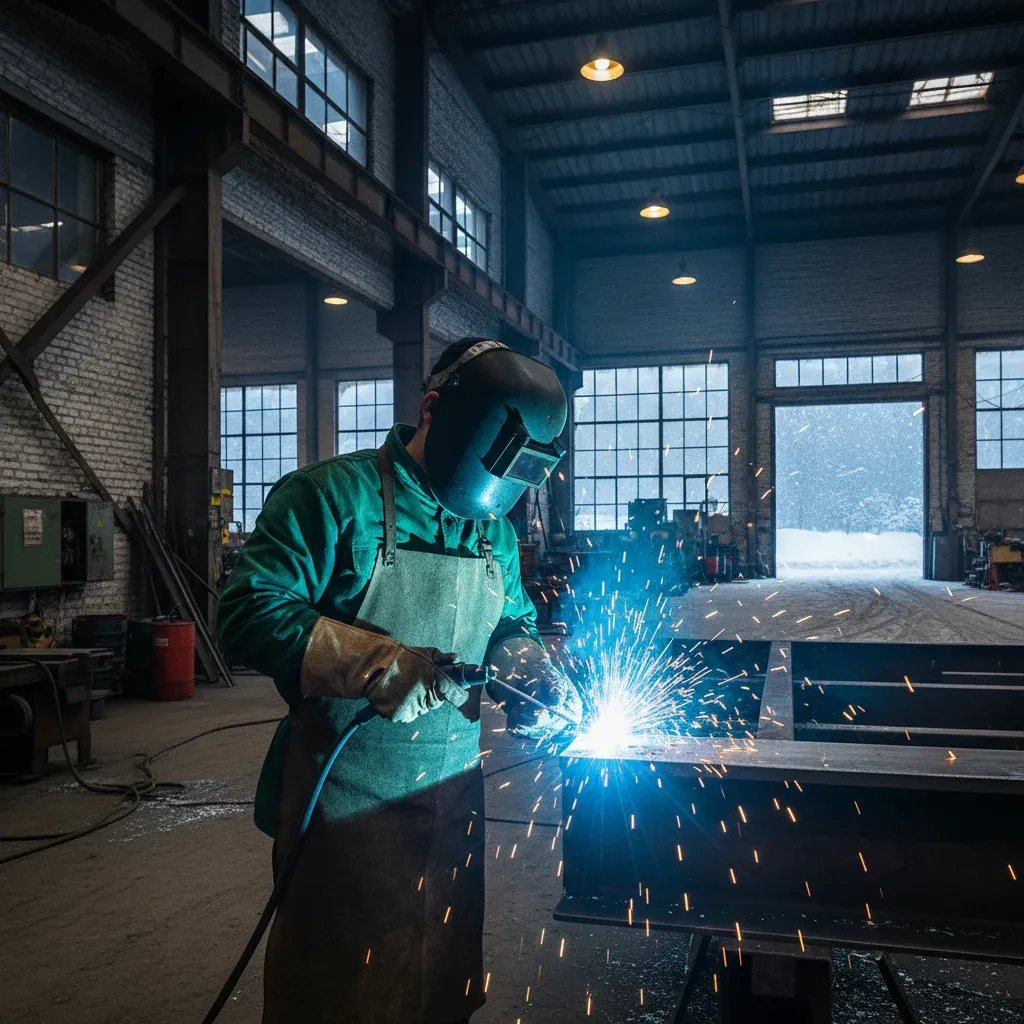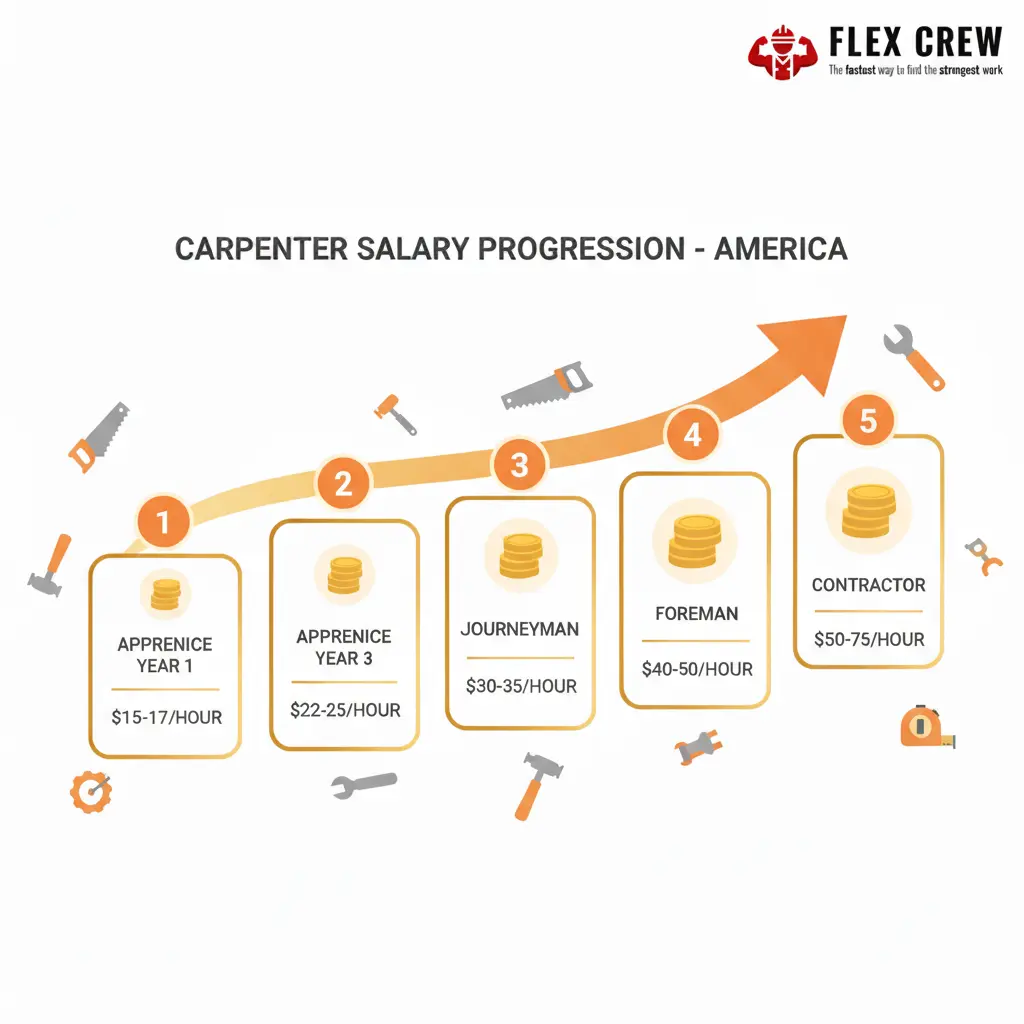If you’ve been on a job site lately or following the news, you’ve probably heard the question pop up: “Is the construction industry dying?” It’s a concern shared by workers, business owners, and even future tradespeople considering their next steps.
Spoiler: the short answer is no, but it is evolving. The long answer? Well, that’s what we’re diving into today.
The Reality: Construction Isn’t Dying—But It Is Facing a Labor Crisis
Construction still fuels America’s growth—building homes, hospitals, highways, and office buildings that power everyday life. In 2024 alone, U.S. construction spending is expected to top $2 trillion, and the industry employs over 8 million people.
So no, the construction industry isn’t dying. But there’s a serious issue: the skilled labor shortage.

According to the Bureau of Labor Statistics, the average age of a construction worker is now 41 years old, and nearly half are over the age of 45. With many retiring and too few young workers entering, we’re facing a generational skills gap that threatens the industry’s stability.
Why Are Fewer People Joining Construction?
There are a few key reasons:
1. The College Push
For decades, students have been told that success comes with a four-year degree. Meanwhile, schools have cut shop and trade programs, leaving fewer kids exposed to hands-on careers like carpentry, plumbing, and electrical work.
2. Instant Gratification Culture
Today’s world moves fast—social media, instant delivery, AI everything. A career that requires hard work, years of training, and starting from the bottom? That’s a tough sell for a generation raised on quick wins.
But here’s the kicker: the trades offer real-world stability and strong pay, without the crushing student debt.
3. Perception Problems
Construction work is often seen as “lesser than” white-collar jobs. But that narrative is fading. Many former office workers are making the switch to the trades—and making more money doing it.
At FlexCrew, we’re helping reshape that perception—highlighting the value, dignity, and opportunity that comes with skilled trades. If you’re a hardworking individual looking for a fresh start, construction might be your best bet.
The Housing Crisis = More Work Than Ever
Across the U.S., we’re millions of homes short of meeting demand. Add in natural disasters, urban development, and the need for infrastructure upgrades, and the demand for skilled construction workers is sky-high.
Yet companies are scrambling to fill positions. In fact, 400,000+ construction jobs go unfilled every month. That's why services like FlexCrew exist—to help businesses connect with vetted, skilled labor fast, whether it’s for framing, concrete, HVAC, or general labor.
The Industry Is Aging, But It’s Not Slowing Down
Just because the workforce is older doesn’t mean the industry is dying—it means it’s crying out for new energy.
Think of it like this: for every four experienced workers leaving, only one new worker is stepping in. If that trend continues, who’s going to build tomorrow’s neighborhoods? Hospitals? Highways?
At FlexCrew, we work hard to bridge that generational gap, placing both seasoned pros and fresh recruits where they’re needed most—across cities like Columbus, Cincinnati, Cleveland, and beyond.
Construction in 2025: A Shift, Not a Shutdown
So what does the future really look like?
Labor demand will stay high.
Wages are increasing to attract and keep workers.
Technology is being embraced (think AI tools, robotics, 3D modeling).
Alternative paths to success—like apprenticeships and on-the-job training—are finally gaining traction again.
Construction isn’t dying—it’s transforming. And if you’re ready to roll up your sleeves, it’s a great time to get in.
Why Now Is the Best Time to Get Into Construction
If you’re wondering whether it’s still worth getting into construction, here’s why the answer is yes:
✅ Jobs are abundant.
✅ The bar for entry has never been lower.
✅ You can earn while you learn.
✅ There’s real long-term career growth.

And here’s where FlexCrew comes in. We make it easy to find construction jobs near you—whether you’re just getting started or you’ve got years of experience. No confusing applications, no dead ends—just solid work that matches your skills.
👉 Search Construction Jobs at FlexCrew
What About the Economy?
Yes, interest rates and inflation have impacted real estate development. But as rates normalize and housing demand grows, construction activity is set to surge—especially in underbuilt regions across the U.S.
Local construction companies will need reliable labor. That’s where worker platforms like FlexCrew can make or break a project. We help fill jobs fast—carpenters in Columbus, masons in Dayton, welders in Cincinnati—all within days.
Final Verdict: Is the Construction Industry Dying?
No. But it’s evolving fast and needs a new wave of skilled, motivated workers.
The labor shortage is real, the perception problem is solvable, and the opportunity is massive.
If you’re looking for work or you’re an employer struggling to find reliable labor FlexCrew is here to help. We’re not just filling jobs. We’re building careers and reshaping what the future of construction looks like.
FAQ: Is the Construction Industry Dying?
Is construction still a good career in the U.S.?
Yes. Construction offers strong wages, job stability, and growth opportunities especially in states with high infrastructure and housing demand.
Why is there a labor shortage in construction?
Aging workers, fewer young people entering the trades, and a long-term cultural push toward college degrees have led to a massive skills gap.
Where are construction jobs in demand right now?
Construction jobs are booming in states like Ohio, Texas, Florida, and North Carolina—especially in cities with housing shortages.
Can I get a construction job without experience?
Absolutely. FlexCrew places entry-level workers with companies willing to train. Showing up, working hard, and having the right attitude goes a long way.
What does FlexCrew do?
FlexCrew connects construction companies with skilled labor across Ohio and the U.S. We handle the heavy lifting—so you can focus on getting the job done.


